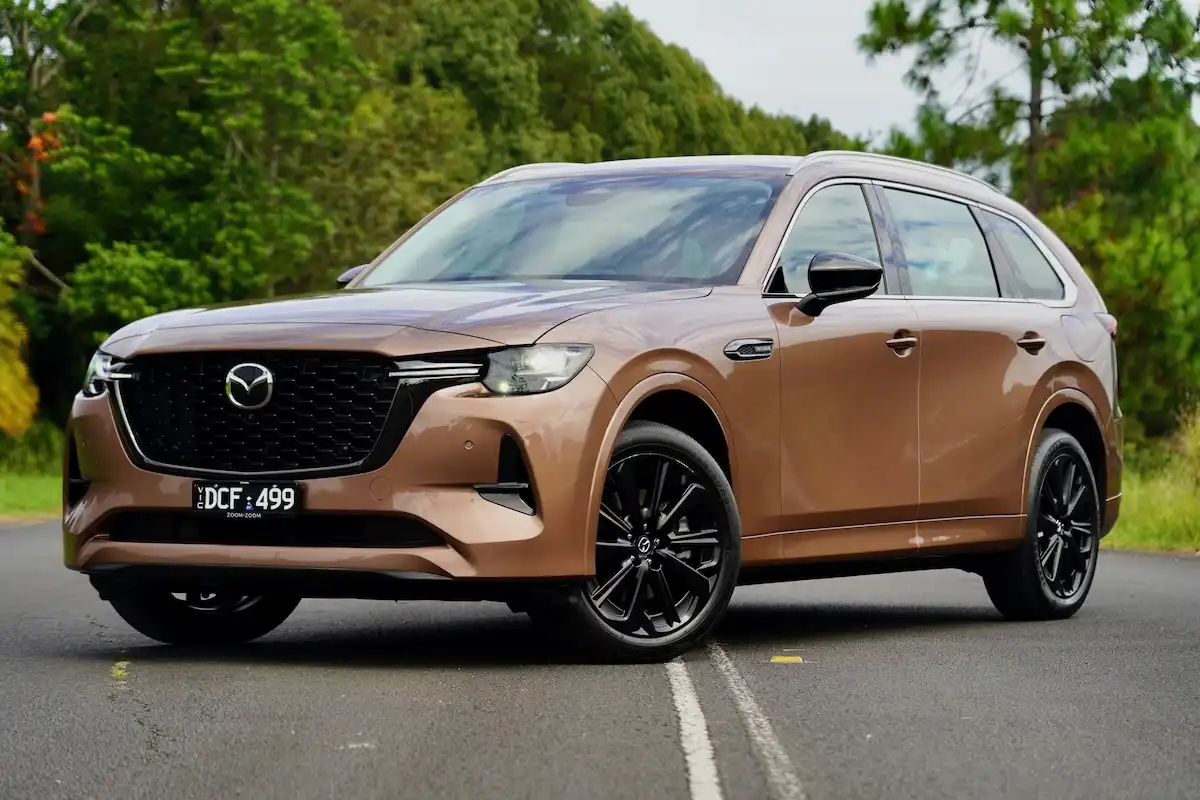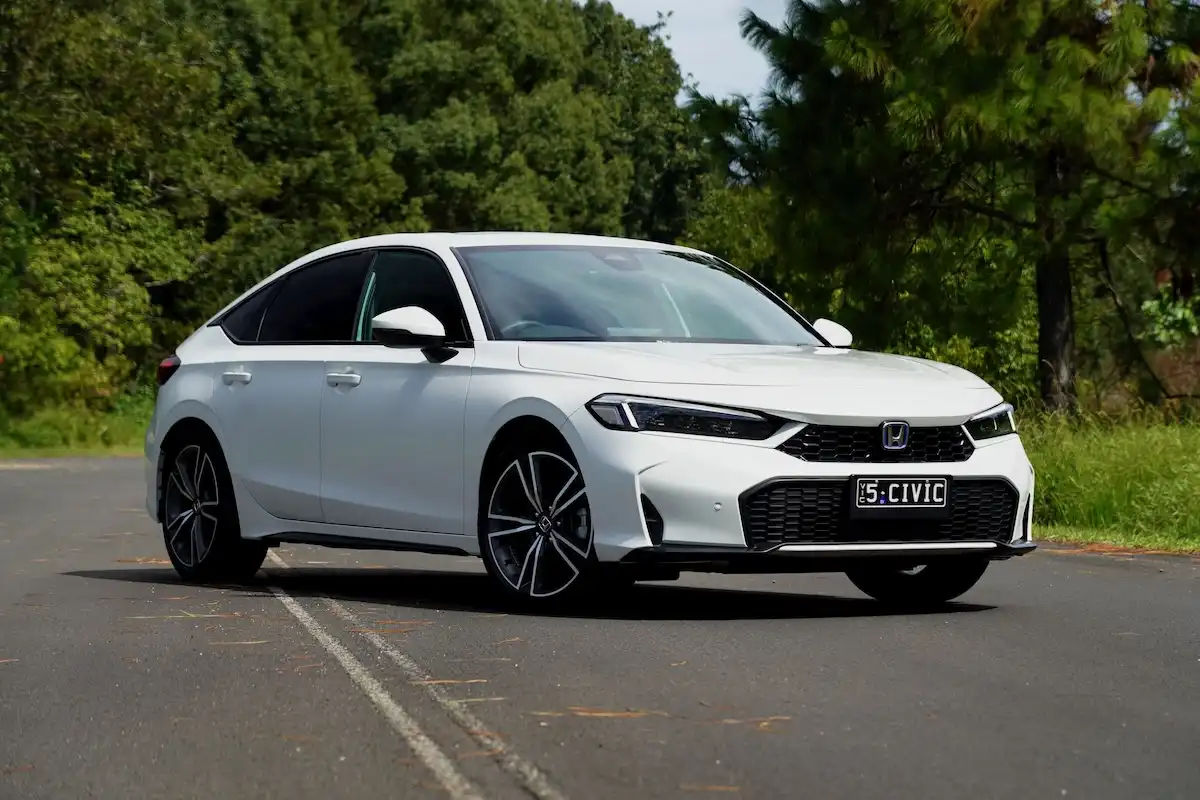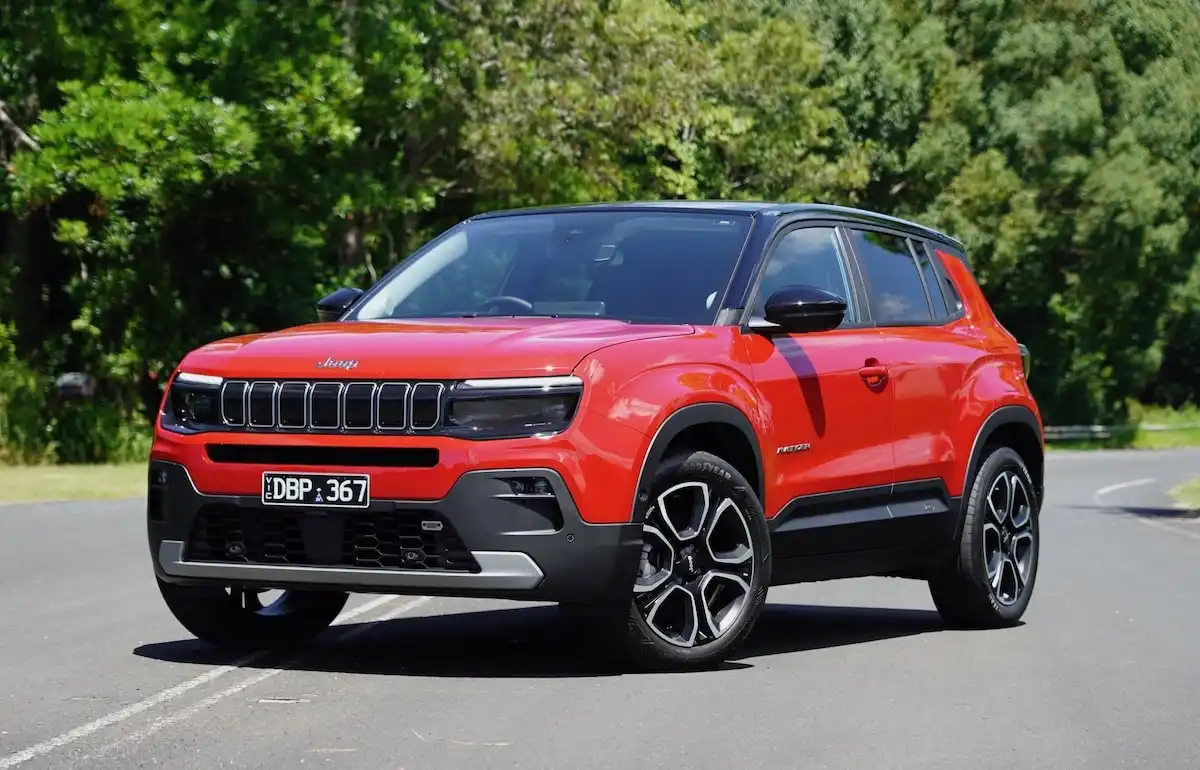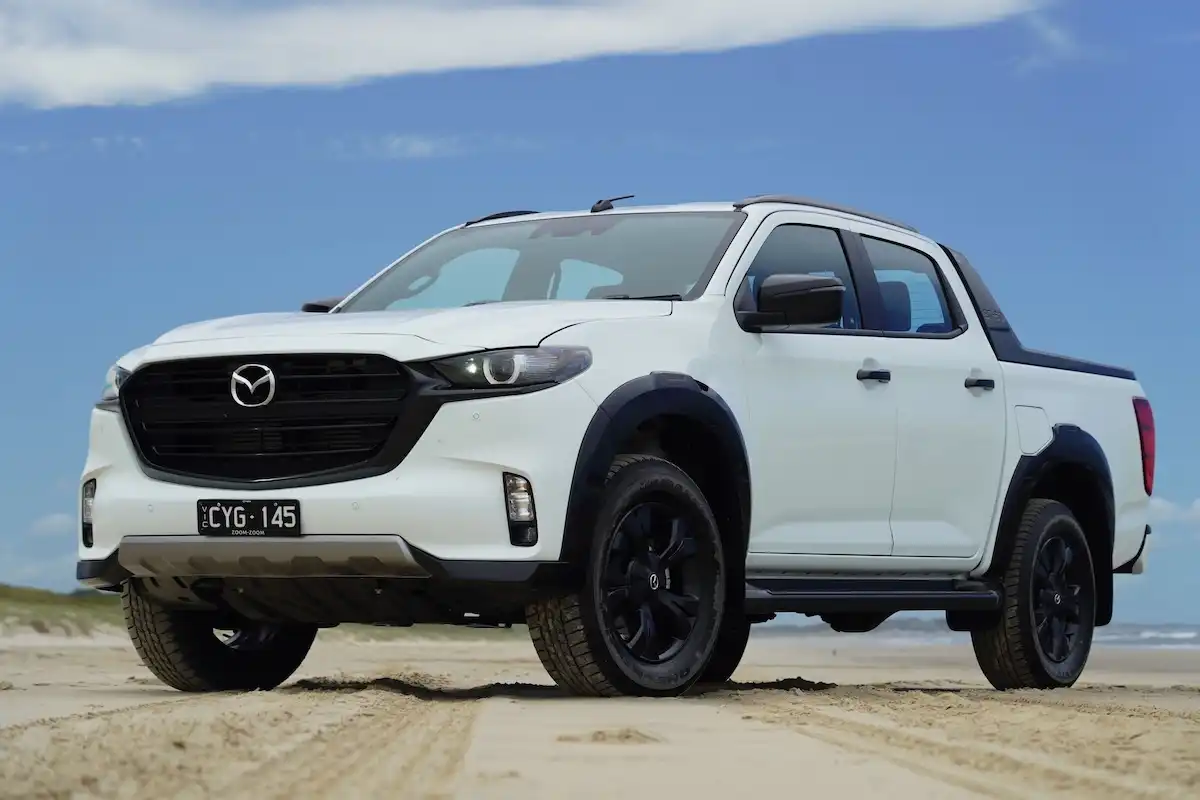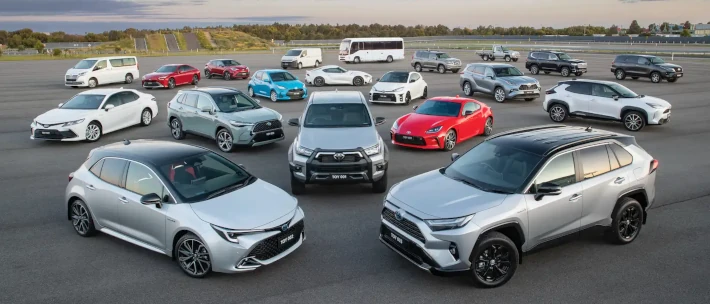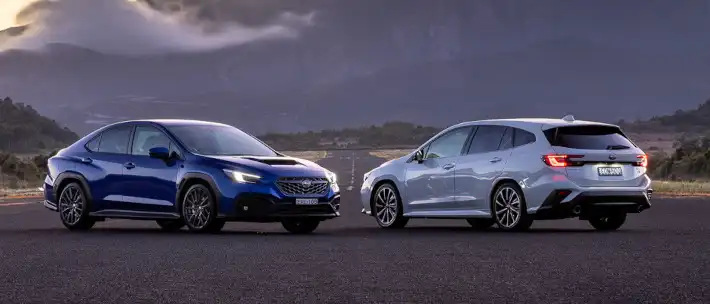In order to make the most informed decision, however, we need to first understand exactly what stamp duty is when you’re purchasing a car, and get an idea of how much money you’re likely to pay.
Understanding what stamp duty is on a vehicle purchase is made more complicated by the fact that the amount you’ll pay remains at the discretion of State and Territory governments, meaning that rather than a one-size-fits-all approach to stamp duty charges on a vehicle purchase, it changes depending on where in Australia you live.
Thankfully, stamp duty is exactly what we’ll be breaking down today as we uncover stamp duty chargers here in Australia on every vehicle purchased, whether it’s brand new or a used vehicle.
Get in touch with one of our Car Buying Specialists today.
Request a quoteWhat is Car Stamp Duty?
Stamp duty charges on the purchase of a new or used vehicle are, quite simply, the fee that a State or Territory government applies to any official documentation issued by that institution. In the case of buying a vehicle, for example, the government applies a stamp duty charge for the process of registering that vehicle in your name.
How Much Car Stamp Duty Do I Need to Pay?
Due to the fact that stamp duty charges are set by the respective State or Territory government, the amount of money you’ll spend on stamp duty depends on where you live, and where the vehicle is being registered.
The amount you pay is also influenced by the value of the vehicle, with numerous government bodies adding fees for vehicles that are priced above a certain threshold. To help you out with the process of finding out exactly how much stamp duty you’re likely to pay, we’ve broken it down for you below.
Rates of Stamp Duty on Cars Across all Australian States and Territories
New South Wales
For vehicles priced at or below $44,990 in NSW, the state government charges $3 for each $100 of value. This means that for a vehicle priced under the $44,990 threshold, the highest amount of stamp duty you can expect to pay on the purchase is $1,350.
For example, stamp duty payable on a $25,000 vehicle with the $3 per $100 of sticker-price value in NSW translates to a fee of $750. You can calculate exactly how much stamp duty you’re likely to pay using the NSW Stamp Duty Calculator here.
Victoria
Victoria’s stamp duty fees are slightly more complicated, with different rates for low-emissions vehicles, as well as vehicles classified as primary producer or non-passenger vehicles. Typically, the stamp duty payable on a new or used vehicle priced up to the $69,152 threshold are charged at $8.40 per $200 of value, which rises to $10.40 per $200 of value above that mark up to $100,000.
Stamp duty on any purchases valued between $100,000 - $150,000 are charged at a rate of $14 per $200, which jump to $18 per $200 of value for any vehicles priced above $150,000.
Low-emissions vehicles are charged the same rate, however, the $69,152 threshold does not apply to those purchases, with the same applying for primary producer passenger vehicles, as well as utes, vans, and motorcycles. To get a better idea of how much stamp duty you’ll pay in Victoria, you can use the State government’s calculator here.
Queensland
Queensland’s State government has elected to structure its stamp duty charges according to the engine’s size, as well as taking into consideration hybrid and electric vehicles. This means that hybrid and EVs are charged the least stamp duty, which sits at $2 per $100 of value up to $100,000, which rises to $4 per $100 for vehicles above that threshold.
The typical passenger vehicle with up to four-cylinders, however, is charged at $3 per $100 of value up to $100,000, which rises to $5 per $100 for a vehicle above $100,000. Six-cylinder vehicles are charged at $3.50 and $5.5 per $100, depending if the vehicle is priced below or above the threshold, while eight-cylinder vehicles are charged at $4 and $6 per $100 of value respectively.
This means that stamp duty charges applied to the purchase of a hybrid or electric vehicle are half that of their eight-cylinder competitors. For a clear picture of stamp duty charges in Queensland, you can access the stamp duty calculator here.
South Australia
For South Australian citizens registering a new vehicle or purchasing a used vehicle, stamp duty is calculated solely on the price of the vehicle. This translates to a stamp duty formula of $4 per $100 of value, with an additional $60 fee added for any vehicle purchased valued at over $3,000. Stamp duty charges for commercial vehicles priced over $2,000 equate to $3 per $100 of value. If you’d like to find out exactly how much stamp duty you’ll be paying on a vehicle in South Australia, please refer to the stamp duty calculator here.
Tasmania
The Tasmanian state government also applies their stamp duty fees according to the value of the vehicle, with purchases valued up to $34,990 receiving a charge of $3 per $100 of value, which rises to $11 per $100 of value for vehicles priced up to $39,990, which are also subject to a one-off fee of $1,050.
For purchases of a vehicle valued above $40,000, the government applies a stamp duty fee of $4 per $100 of value. For any used vehicles priced up to $600 in value, stamp duty payments are covered by a one-off fee of $20. To find out exactly how much you’re likely to pay in Tasmania, click here.
Western Australia
The stamp duty fees in Western Australia are perhaps the most complex in the country, depending on the price bracket of vehicle you’re looking at. For purchases of a vehicle priced up to $25,000, the process is a relatively simple fee of 2.75% of the price.
For vehicles valued anywhere between $25,000 to $50,000, however, the stamp duty you will pay depends on the formula that takes the original 2.75% rate into account, as well as the value of the vehicle. Finally, purchases of a vehicle valued over $50,000 are charged a stamp duty rate of 6.5%. To get a better idea of how much stamp duty you’ll pay in Western Australia, refer to the State government’s calculator.
Australian Capital Territory
The ACT’s stamp duty formula takes into consideration both the value of the vehicle, as well as how environmentally-friendly its powertrain is, which are separated into four classifications between A-D Classes. ‘A Class’ vehicles are the most environmentally-friendly, while D-rated vehicles are considered the least green vehicles.
This means that A-Class vehicles are not subject to stamp duty charges, while B, C and D-Class vehicles are subject to a fee of $1, $3 and $4 per $100 of value up to the $45,000 threshold. Purchases over this mark are charged at $2 per $100 of value, plus a fee of $450 for B-Class vehicles, $5 per $100 of value plus a $1,350 fee for C-Class vehicles and $6 per $100, plus a fee of $1,800 for vehicles priced over $45,000. Refer to the ACT’s stamp duty calculator for a clear picture of how much you’re likely to pay.
Northern Territory
The Northern Territory’s government sets stamp duty fees at 3% of the vehicles value, regardless of price, engine size or electrification. This 3% stamp duty fee is accompanied by a $18 transfer fee. For more information on stamp duty fees in the Northern Territory, please click here.
Is There a Car Stamp Duty Exemption?
Depending on where in Australia you live, there are a number stamp duty exemptions that you might be entitled to. We’d encourage checking your state’s stamp duty calculator for more information, however, for reference, some states offer either discounted or free stamp duty in the case of a deceased estate, transfers between family members, whether or not the vehicle is a hybrid or electric vehicle, as well as trailers, non-passenger vehicles and those that are using the vehicle to transport sick or disabled people.
What is Stamp Duty on Used Cars?
Stamp duty on a used car is calculated in much the same way as a new vehicle, with the amount you’re likely to pay influenced by the price of the transaction, rather than the fact it’s a new or used vehicle. Typically, states have a number of price brackets that they factor into the stamp duty equation, so if the used vehicle is priced in a lower threshold, you’re likely to pay less stamp duty.
What Happens if You Don’t Pay Stamp Duty?
Failing to make a stamp duty payment will see your application for a vehicle’s registration rejected, which ultimately means it will not be registered for use on the road, and you will be subject to penalties and even the potential of jail time if you’re caught driving an unregistered vehicle.
When Can Stamp Duty Be Refunded?
It is possible to apply for a refund on stamp duties paid for the purchase of a vehicle, so long as you meet that State or Territory government’s requirements for the refund to be processed. This changes depending on where you live, but typically a vehicle’s stamp duty can be refunded if you return that vehicle to the dealership within a three-month period, or if you haven’t taken delivery of that vehicle since paying the stamp duty fee. Please refer to your state or territory’s guidelines for any information relating to the refund of stamp duty for a vehicle you’ve purchased.
Get in touch with one of our Car Buying Specialists today.
Request a quote
